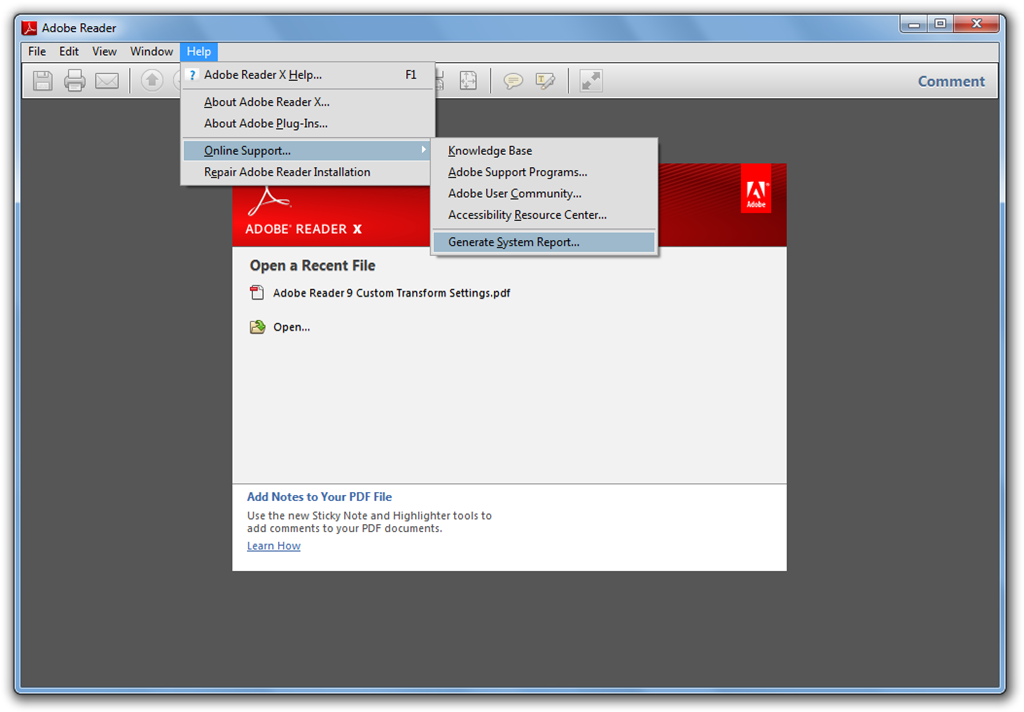Best app uninstaller for mac. Open the “Layers” palette (Window > Layers) - this will show all items in the layout 2. If all the elements in your layout are not showing, scroll open the arrow next to “Layer 1” in your Layers palette: Image 2 Layers Palette in Adobe InDesign; special emphasis given to the arrow symbol next to the words 'Layer 1'.

Adobe Acrobat Pro DC 2019: it is the world’s best PDF application that lets you create PDF files from scanned documents, as well as create PDF files from various office documents, images or vice versa. Acrobat DC 2019 by adobe corp. Is very advanced & undoubtedly world’s most powerful PDF editor. Adobe Acrobat Pro DC 2019: it is the world’s best PDF application that lets you create PDF files from scanned documents, as well as create PDF files from various office documents, images or vice versa. Acrobat DC 2019 by adobe corp. Is very advanced & undoubtedly world’s most powerful PDF editor.
Ungroup any and all groups - this will allow you to move items into the proper order without visibility issues (Object > Ungroup) Image 3 Design object selected in InDesign illustrating a 'grouped' set of objects; File menu choice Object > Ungroup is highlighted to show how to ungroup a set of objects. O NOTE: if you do not see any tags in the tag panel, you may have to.
Be sure to use o The most common tags and what they tell the screen reader are: • Artifact - background image with visual information only; ignore • Figure - image with visual content; alt description will be read aloud • H1 - the main idea of the page • H2 - the main idea that falls under H1 • H3 - the main idea that falls under H2 • P - story or body text • Table - tabular data organized into a simple table • Root - all of the main document o For more information, visit 4. Manual Tagging o Open Tags Panel (Window>Utilities>Tags) Image 4 Tags panel in InDesign populated with standard tags. • NOTE: You may need to add the tags Artifact, Figure, H1, H2, H3, P, Table, Root into your tags panel using the “New Tag” button at the bottom of the tags panel (the second icon from the left that looks like a paper with a corner turned down.) Image 5 Tags panel in InDesign; Emphasis on the 'New Tag' button. O Select object in the document layout (Here, the large image containing the slide layout is selected) Image 6 Accessible Presentations Example in InDesign with slide layout object highlighted for emphasis. O Select a tag (You may have to scroll down in the tag list; the tag “Figure” was chosen.) Your object is now tagged.
Image 7 Accessible Presentations Example in InDesign; emphasis on slide layout object and 'Figure' tag selection. O Repeat for all objects on page (Even items that are purely decorative e.g., rectangles, arrows, etc. Need a tag) NOTE: Your document will have multicolored frames on each object when complete. To hide these, choose View>Structure>Hide Tagged Frames; to show them again, choose View>Structure>Show Tagged Frames Image 8 File menu in Adobe InDesign; the 'Show Tagged Frames' or 'Hide Tagged Frames' selection will turn object tag frames on or off. Automatic Tagging This is an alternative way to tag items. For this tutorial, we will use the manual tagging method. If you are interested in the automatic tagging process, visit the.